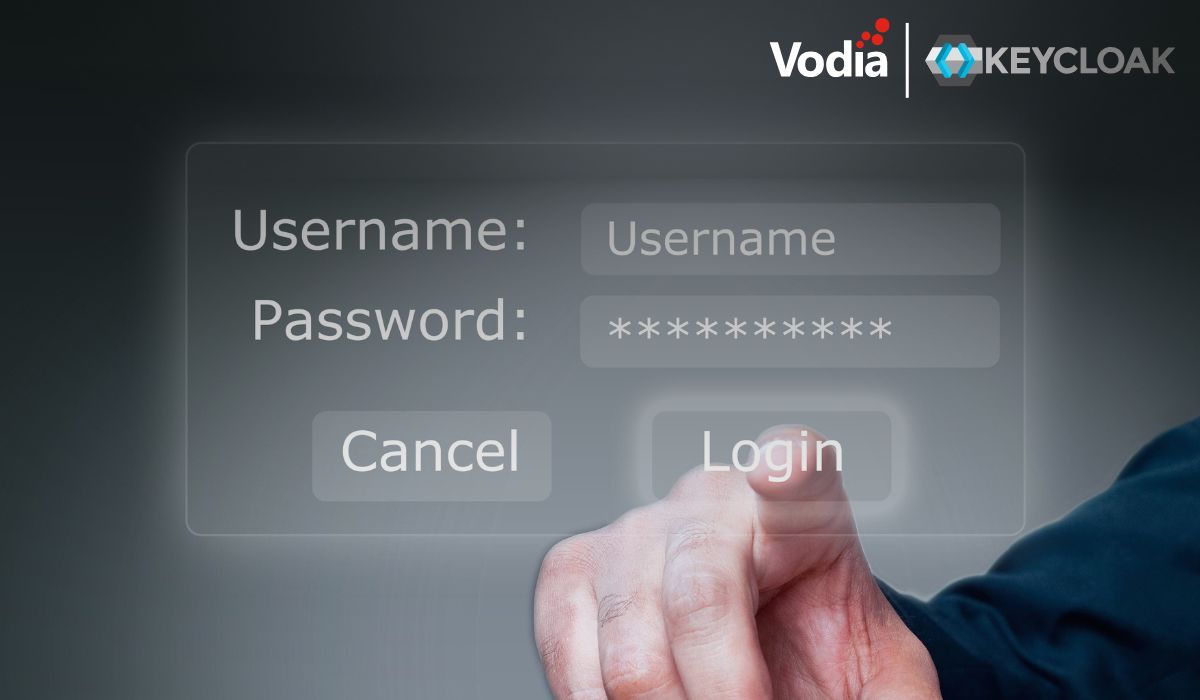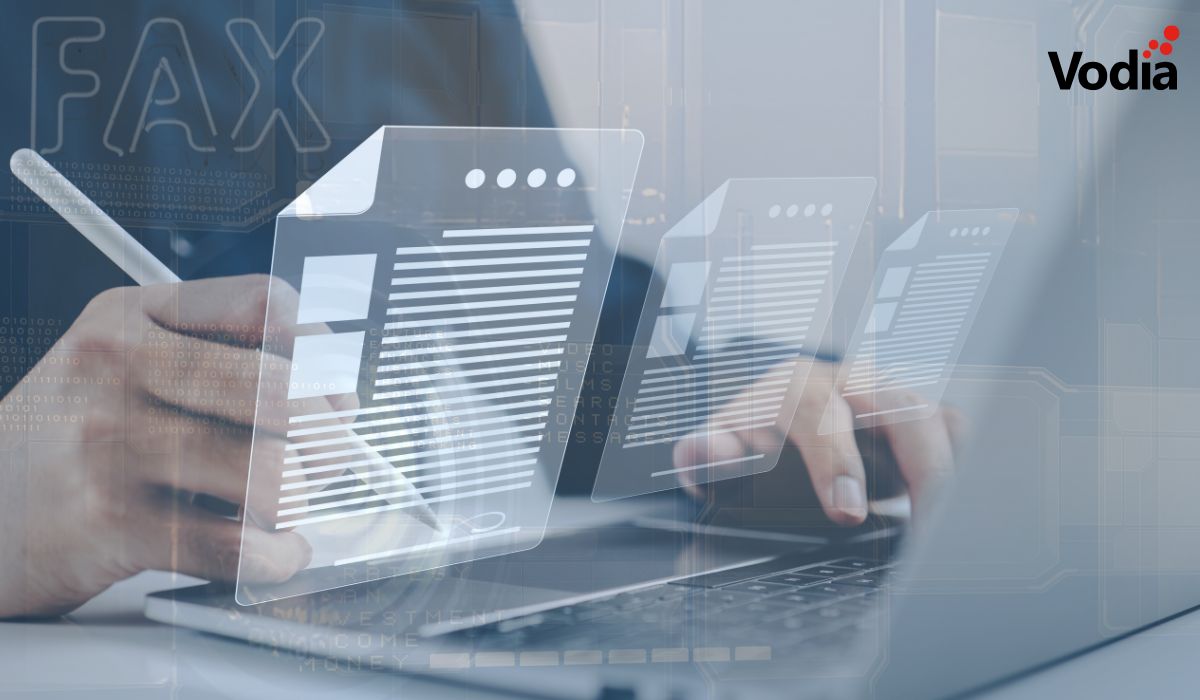2021 was dominated by #workfromanywhere, #workfromhome, #hybridwork and, of course, the ubiquity of Zoom, Google hangouts and Microsoft Teams. Over the summer, when a significant percentage of people were vaccinated, many companies, including Apple and Google, predicted their employees would soon be returning to the office, but it turned out most people desired either hybrid or completely remote work; few workers wanted to return to an office full-time. Then, at the beginning of December, we faced a global outbreak of the Omicron variant of Covid-19 and, once again, the conversation returned exclusively to remote work. We may be having this conversation for quite a while.
The change in our personal and work lives since the spring of 2020 has pushed companies online at an incredible pace, and the result is a global digital transformation we couldn’t have imagined as 2020 began. At Vodia we were promoting “work from anywhere” long before the pandemic began. We were certain Vodia PBX users could benefit from its cloud readiness right at the outset of from the beginning of the pandemic, but most people were using the Windows PC app, and even the browser, for making calls. We expected employees would quickly begin to use their mobile phones, but most users were, and remain, hesitant to use private devices for business purposes.
Considering the huge advances in audio quality across mobile platforms, this resistance to using personal devices for work is something we need to change. The main reason businesses use a phone system is so employees and employers can keep private and business calls separate. Our best-in-class cloud PBX makes this possible, particularly as we have added features that control when a mobile device can be reached and when it can’t – this is a great start, one that dovetails with what’s already available with Android, which has “work” and “personal” profiles, and Apple focus mode. We now need to see what we can do from the app side to make call control easier — this will of course involve educating employees so they understand they can use the mobile app without drifting into a 24/7 mode. Finally, whether users choose desktop or mobile platforms, our PBX makes use of the outstanding headset technology available today.
On the technology side, it’s clear WebRTC is dictating architectural decisions for building anything that does voice or video, simply because this is the way browsers do it (realistically there’s no other way), and we are pleased we now have all supported platforms on WebRTC. We are already working on the next generation of the desktop app, where we are embracing custom HTML5 elements that will be available for your own designs: you will be able add your soft phone with a simple <softphone/> in your HTML code. This will make it easy to include a softphone in anything requiring users to log in, including CRM systems and portals.
The DDoS attacks this past fall were worrisome. The takeaway? Stay away from UDP and use TCP or TLS instead, which enable the use of standard web technology to handle most of the workload in case of a DDoS attack. To further support this we have added a setting that takes UDP only from explicitly listed addresses, including trunk outbound proxy addresses, so if someone tries to take down the PBX he or she can’t do as much damage, as the PBX doesn’t have to look at every packet. We are also considering looking into some cloud providers to see what we can do to automatically provision the X.509 certificates, so the provider can manage the TLS traffic on behalf of the PBX. This will make it easier to run the PBX even more reliably in 2022.
We believe in empowering our partners with the industry’s best cloud PBX: it’s feature-rich, a full UC suite, and we’re constantly at work improving it. We’re a multi-tenant pioneer, 5G ready from the get-go, with SBC built into our software for direct routing. Want to find out more about where we’ve been and where we’re going? Contact us, sales@vodia.com.
.svg)





